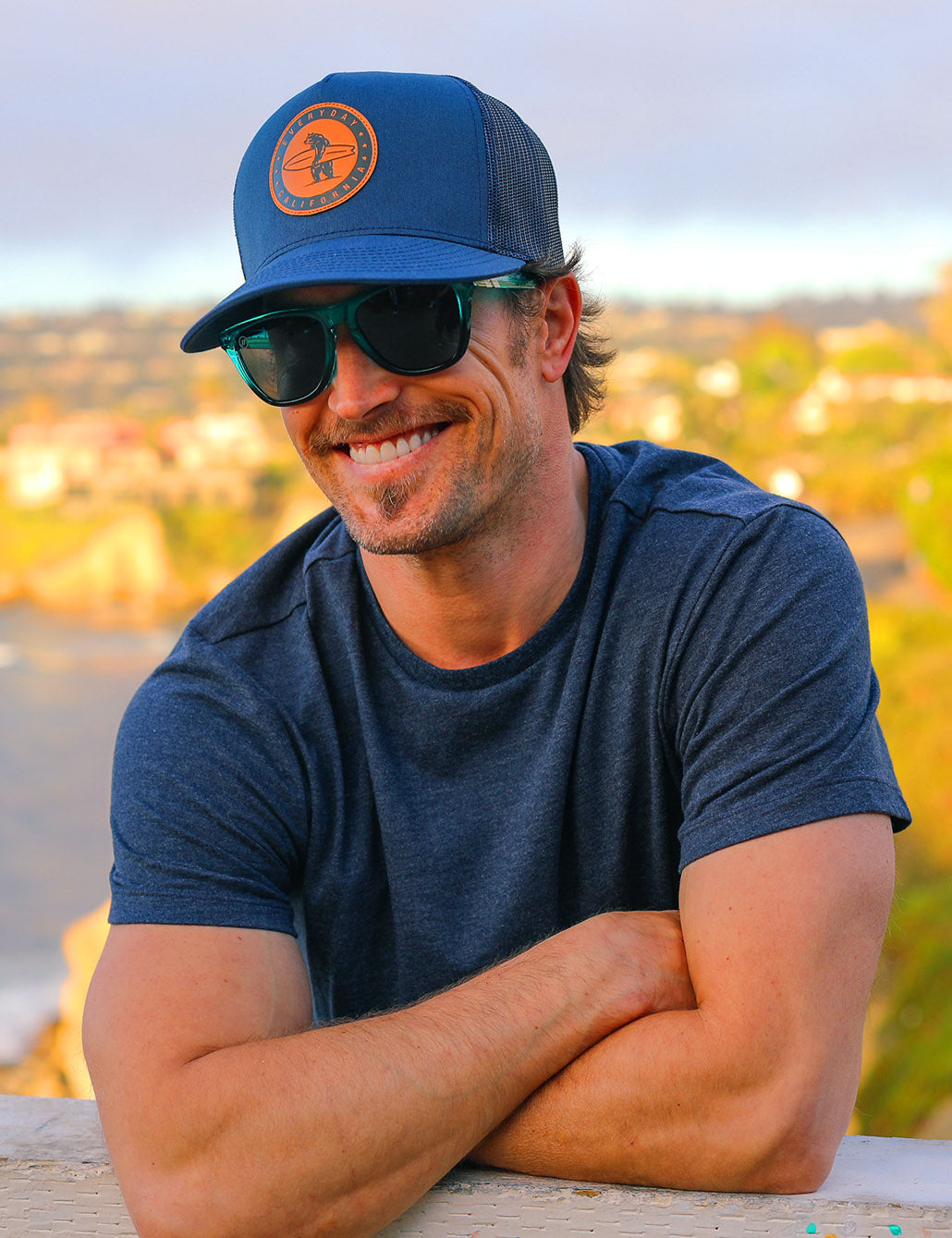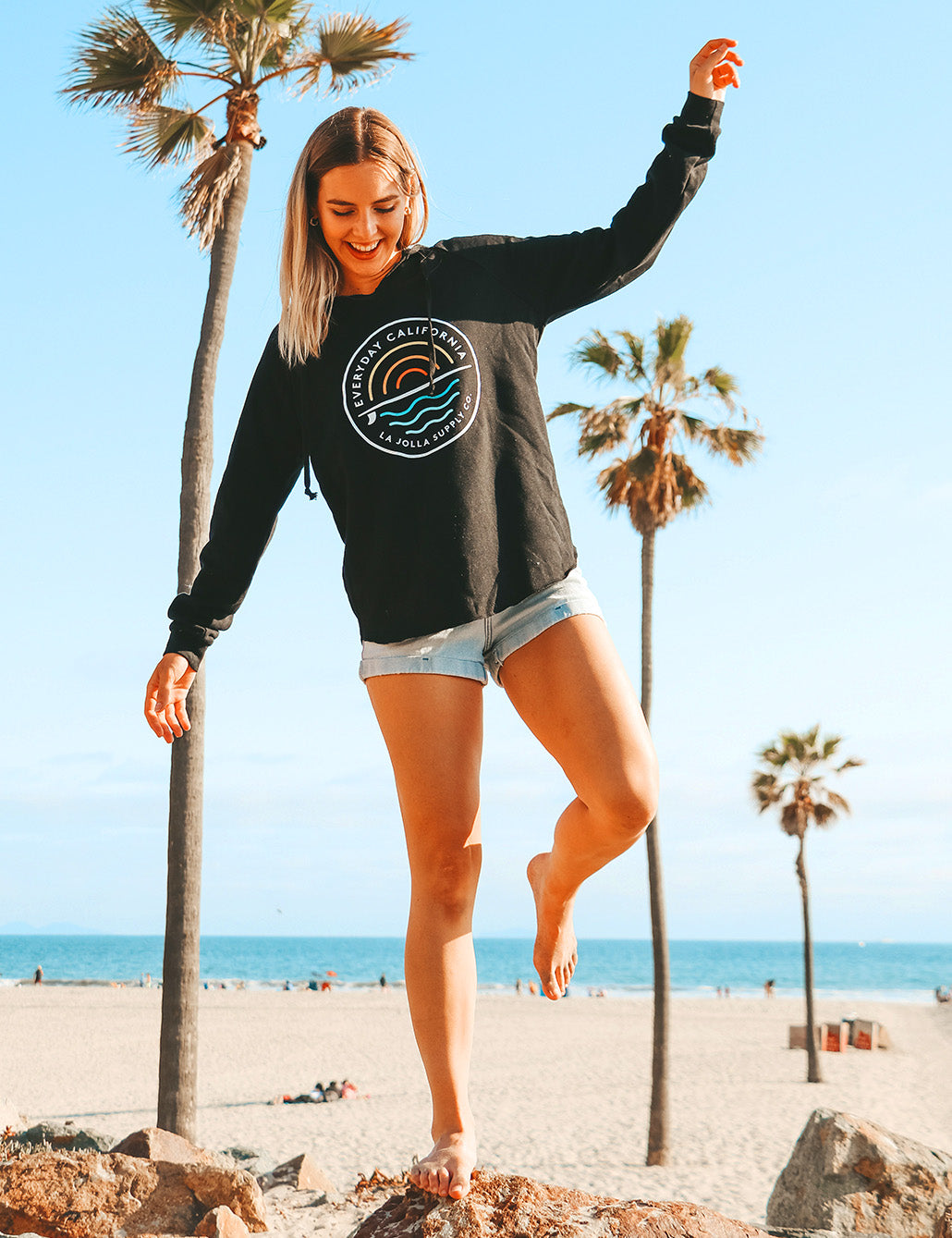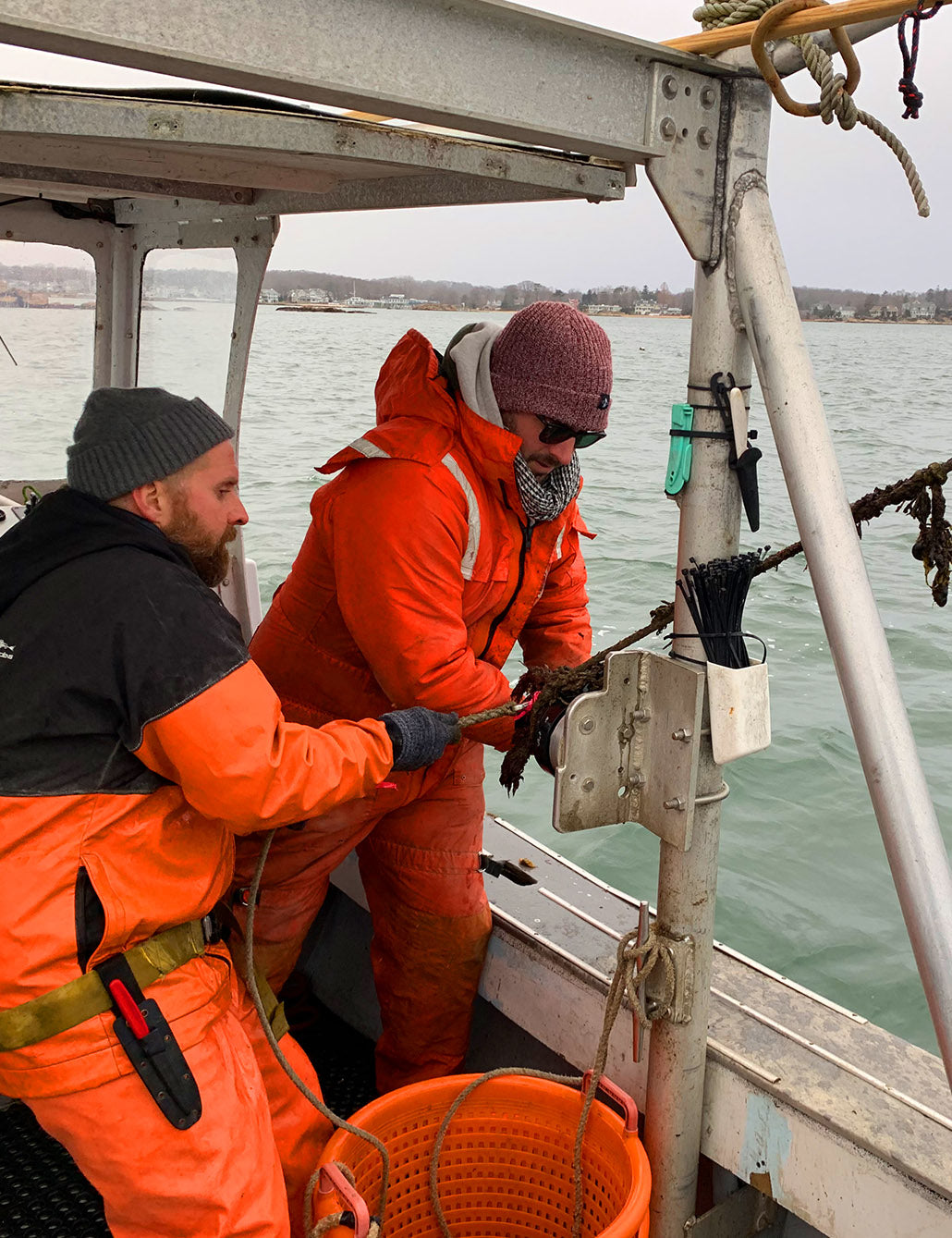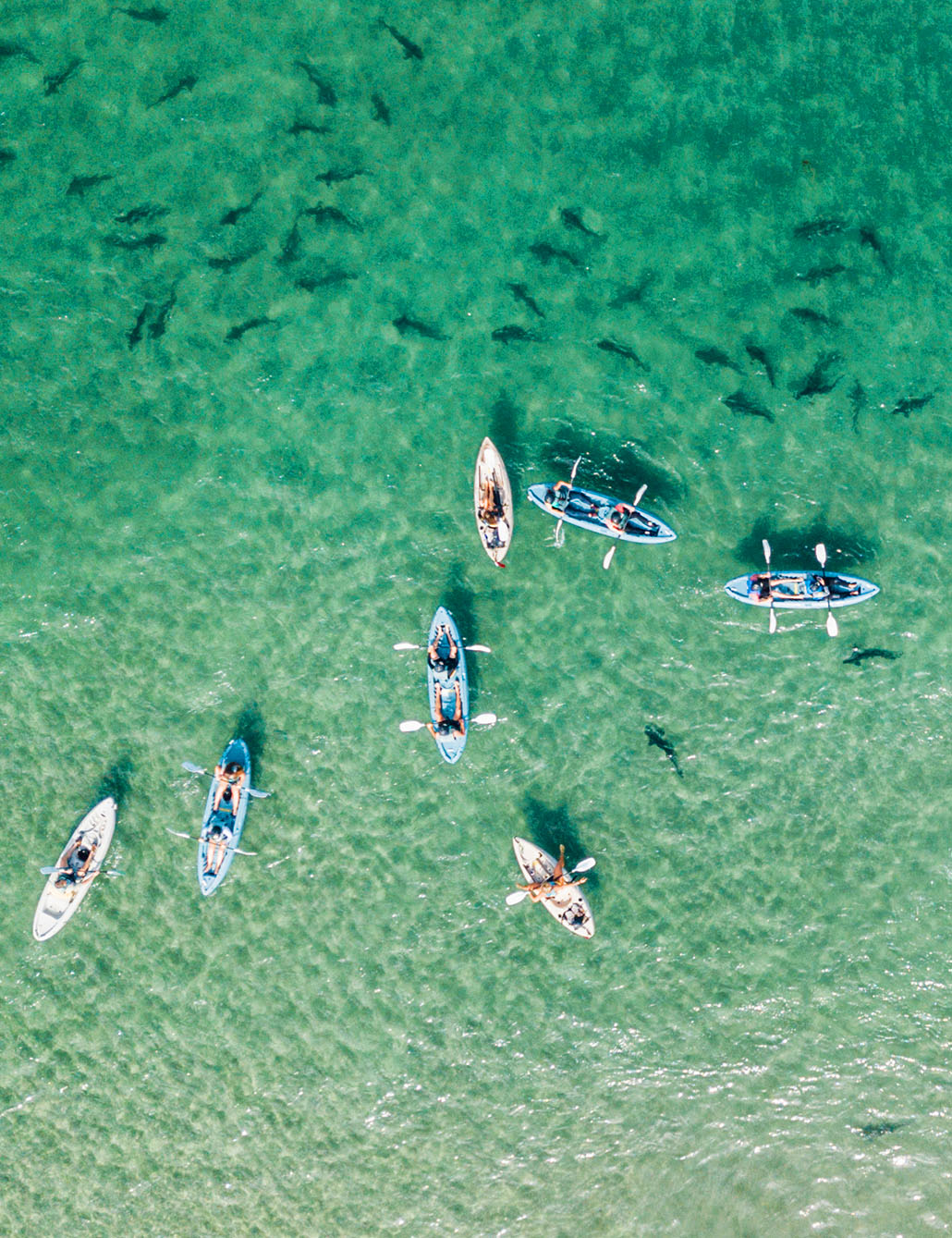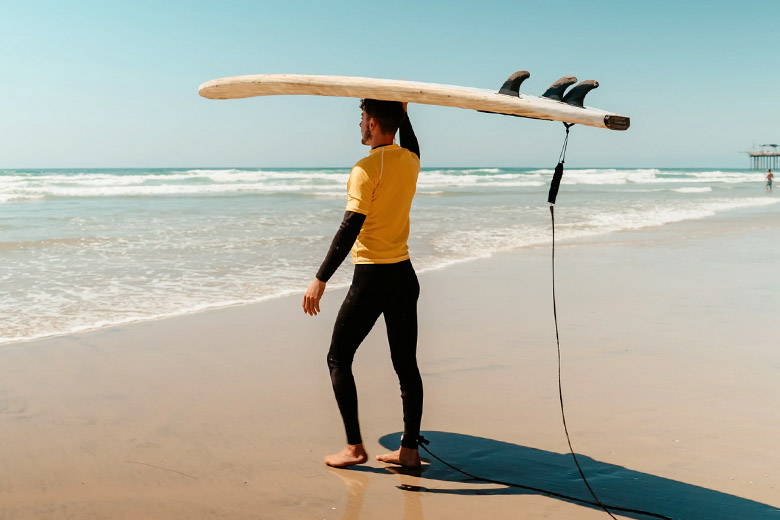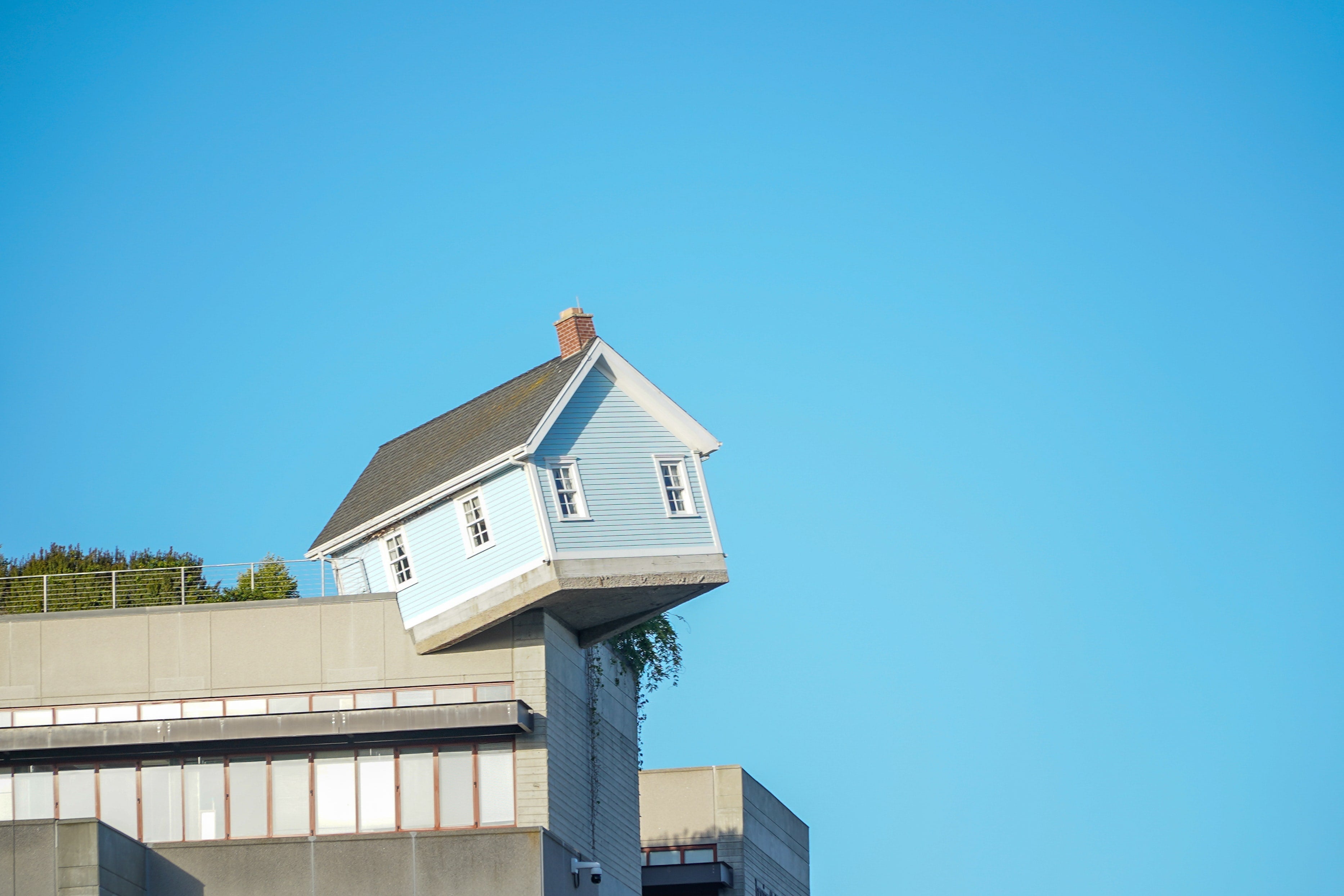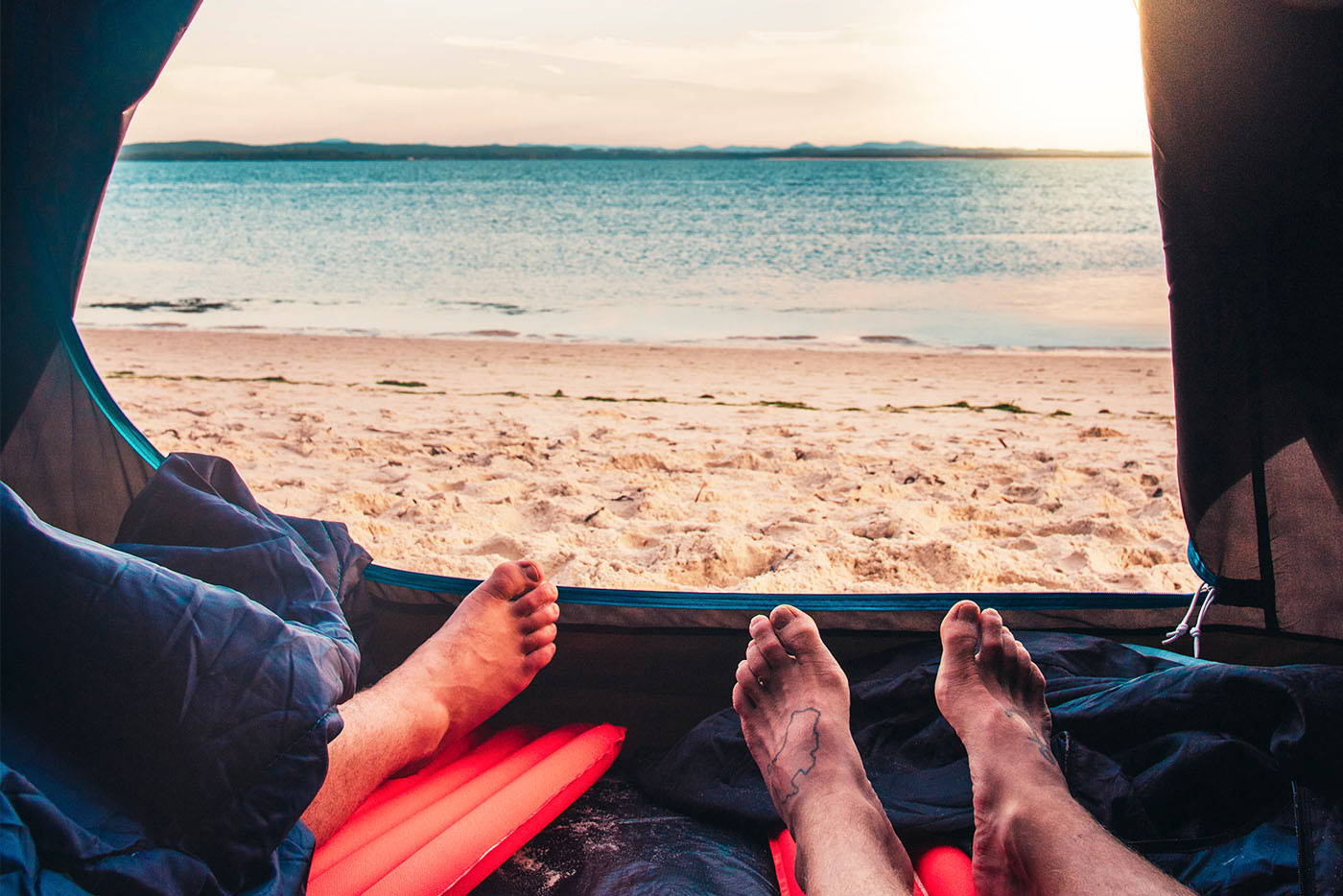Surfing is a fun and exciting sport; there's nothing more exhilarating than catching unbroken waves. As such, it isn't easy - neither to learn nor to master. However, with the right tips and much practice, you can become a beginner surfer.
Learning to surf can take time; sometimes up to weeks or months. It is entirely dependent on how much time and practice you have put in. On top of that, professional surf lessons are pretty detailed; in most cases, you'll have professional surfers explain how a surf session works, how to duck dive, and more.
There are a few tips you must bear in mind before you jump onto your surfboard. Beginners must have the right equipment and gear to get started with their lessons. You must be thorough with all surfing etiquettes and the surfing basics.
Also, don't fret when it comes to starting out. Most lessons will take place at beginner surf spots where there are smaller waves. Your first few sessions will focus on the basics like how to begin paddling, what your standing position should be like, and interacting with fellow surfers when you're all catching waves together.

Beginner Surfing Gear
Learning how to surf requires getting proper surf gear before going to your first surf spots. There are 5 mandatory pieces of equipment you'll need.
Finding the Ideal Beginner Surfboard
Beginners should always go for a longboard. The surfboard should be at least 7 feet long. You can also choose longer surfboards of up to 8 or 9 feet. The longer the better. Bigger surfboards are good for beginners as they can practice paddling with ease and they're easier to control when you're catching small waves.
A big board also makes beginners be more confident with themselves as it provides a sense of security and protection from many waves.
Surfboard length isn't the only board characteristic that you need to take into account. Surfboard volume is arguably the most important aspect of the board.
Surfboard volume mainly depends on the weight of the individuals that plan to use them. The average person will require at least 50 liters of volume to start with.
The surfboard needs to have the perfect volume according to your weight. The wrong surfboard will slow you down and break your balance. This, in turn, means that the board would increase the learning curve since you'd have to learn about board adjustments and how to counteract the wrong volume issue.
Getting a board with perfect volume doesn't only improve your surf level, but also helps you surf faster and with more control.
The next thing you want to look at is the material of your surfboard. Most surfing experts recommend a soft-top surfboard for beginners.

The Fins
Fins are an integral part of every surfboard so during the process of learning how to surf, you should also familiarize yourself with fin types and which ones are best for your board.
Most beginner boards (longboards) have only one fin attached to them. However, a tri-fin setup can greatly improve stability and maneuverability. As such, you'll need to make a decision. Some longboards do allow for a tri-fin setup but these are generally rare.
Most surf coaching instructors recommend that after your initial few lessons to make a switch to smaller, sleeker boards that go great with a tri-fin setup.
Other than that, you can find advanced surfers using anything from a single fin setup to a five-fin one. The number of fins mainly depends on what you want to achieve ie. whether you want to catch larger waves or smaller ones.
The Leash
The leash is there to keep you and your board connected at all times. A rule of thumb would be to use a leash that is as long as your board, although beginners are encouraged to use long leashes even if they have smaller boards.
If the waves break and you wipe out, the board will be close to you at all times so you can easily return to it and swim back to the beach.
Other than that, there's not a lot of science related to the leash - keeps your board close if the wave hits.
Traction Pad or Surf Wax
Surf wax or traction pads exist to keep the surfer on their board. They come in all shapes and sizes and, as a beginner learning to surf, there's no correct choice when it comes to choosing which wax to apply as they're all good in their own way.
Keep in mind that surf wax needs regular maintenance which you can do in your local surf shop.

Wetsuit
Every type of professional surfer as well as amateur one wears a wetsuit. They're an integral part of surfing without which, you'd expose yourself to scratches, very low temperatures, and other risks. A surf trip cannot be started without a wetsuit so make sure to get one that fits you.
As for the type, if you're a beginner, any modern wetsuit will do. You could also ask local surfers on their preferred brands of wetsuits as they most likely have years of surfing experience to give you a valid and fair recommendation.
Optional Equipment
Optional equipment won't necessarily provide you an edge while learning but they are do provide plenty of utility in other terms.
Optional equipment includes a rash guard (to protect your skin from wetsuit irritation), boardshorts, gloves, boots, hoods (for colder weather), surf earplugs (ear protection against the water), sunscreen, and a wet/dry bag.
How to Start Surfing?
After ensuring you've gotten all the necessary (and optional) equipment you'll need during your surf coaching lessons, get out and start surfing!

Get a Good Surfing Instructor
It's nearly impossible to teach yourself how to surf. It's also downright dangerous, especially if you're out on the waves by yourself (which you also should never do). Finding a good instructor for surf coaching requires you to look into them to see if they're experienced enough.
Most instructors take teaching slow due to the complexity of learning how to surf and how to take care of yourself and others. They'll take you to beginner spots where the waves aren't as large or dangerous.
There, you'll learn duck diving, paddling and info about paddle power (when to paddle and how strongly), and more.
An experienced surfing instructor will keep you safe while showing you all the things you need to do in order to have the perfect surfing experience. You could try to find surfing instructors by going to surf coaching retreats.

Learn Surfing Etiquette
The next step is to learn surfing etiquette. Surfing requires everyone to follow certain rules and guidelines to be safe and respect each other. Beginners must follow surf etiquette.
Here are some rules that you need to keep in mind when you start learning how to surf.
The Right of Way:
The right of way means that the surfer who is closest to the peak of a wave or the highest point of a wave is allowed to ride the wave.
For instance - there is a big wave coming, you are paddling on the left side of the wave while other people are paddling on the right side of the wave. In this case, you will have the right of way or the priority to catch that wave.
Do Not Drop In:
To drop in means to cut someone’s path or try to catch someone else’s wave. For this reason, there is a lineup and each wave is for one person only. Do not try to catch a wave or surf in a wave that already has another surfer as it is dangerous and potentially fatal if the wave breaks too harshly.
Do Not Snake:
To snake while surfing means to paddle around other surfers to get the right of way or priority on the wave. This is utterly disrespectful and frustrating for others. Never do this.
Don't Ditch Your Surfboard:
If you are a beginner you do not want your surfboard to hurt you or others around you. For this reason, it is ideal to have a surfboard leash so that it doesn’t float away in case you wipe out.
Lastly, it's important to communicate with other surfers; if you want to catch unbroken waves, let the people around you know. Always make sure to let your intentions known to others.
These are all the basic rules you must follow during your surf coaching experience.
Know Your Waves:
The best way for beginners to start surfing is to observe the waves. For beginners, gentler waves are ideal. No beginner should try surfing in rough waters until they've gotten sufficient surfing experience. Stick to knee-deep whitewater for the first few days.
Also, keep a lookout for a beach break; these will tell you how the waves will react once they get closer to shore.
Observing the waves and how others surf will give you a good idea of how to get started with your very first surf.
Observing is another way of learning how to surf and what techniques can be used. You can also observe other experienced surfers and how they follow basic surfing etiquettes, their body positions while surfing (knees bent, what do they do with the left foot if they're right-footed, etc.).

Choose the Right Surf Spot
As a beginner, you want to keep away from the bigger waves as surfing in them can get fatal for those without experience. Beginner surfers must ideally go for smaller and gentler waves for their safety. Surfing instructors generally know the best surf spot.
Warm Up and Exercise
Before getting into the water you must warm up and stretch. Exercise is great for warming up your muscles, especially since surfing is such a difficult sport.
Spend some time in the sand exercising and stretching before you get into the water. You can always jog or do some push-ups, squats, hip stretches, and various other exercises.
Practice Paddling
Paddling is essential in all surfing activities. It is very common for beginners to find paddling exhausting as it requires you to move arms under the water. Paddling towards the next wave is the only method that you can use to reach it. Unless you want to surf on the same wave again but this isn't recommended.
It is the first step towards catching a wave. Paddling is necessary while surfing because whenever you want to catch a wave, you will have to swim to it with your board. You have to learn the right paddling technique to save energy without affecting your mobility in the water.
Practice paddling as much as you can until it feels easy to do. Getting these kinds of basics right is important for beginner surfers.

Practice Pop-Up
Another surfing basic that you have to perfect is the Pop-up. As the name suggests, pop-up means to stand on your surfboard from a lying position with a swift and explosive jump to catch a wave.
This might be difficult to perfect for some people but those that are at least somewhat physically prepared can do so with ease (especially if they do push-ups fairly often). However, doing a pop-up in the water can be challenging for beginners. Push-ups are a good exercise to perfect pop-ups.
Last but not least, the most important surfing tip is to have fun and not be competitive. With a good instructor, practice, effort, and time, you will be able to catch the waves like a pro.

